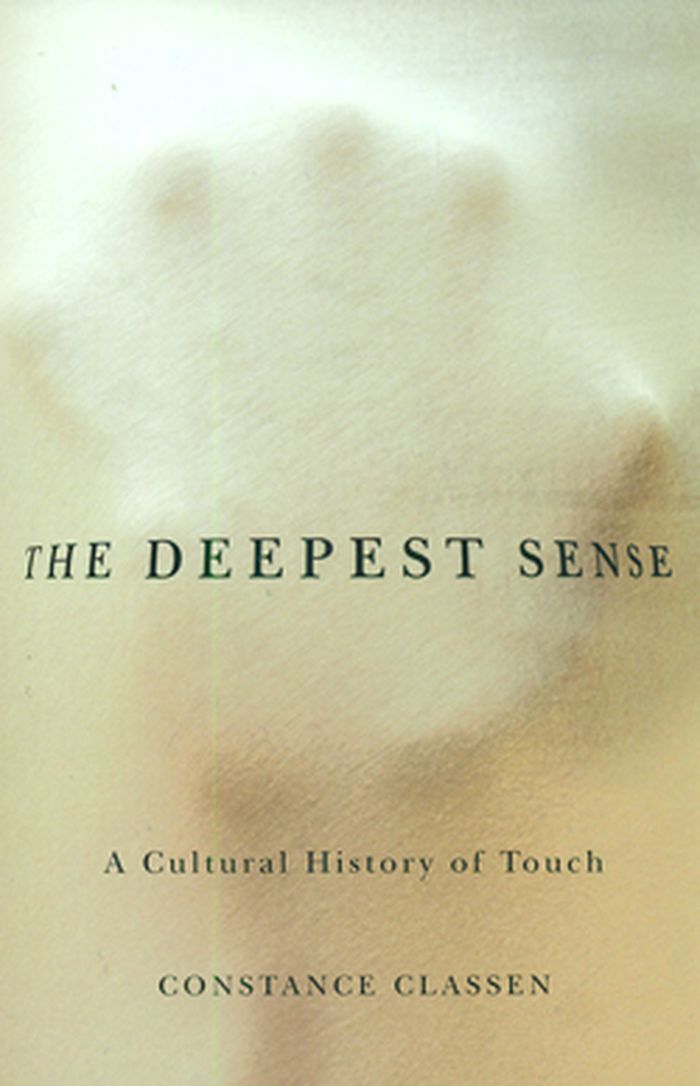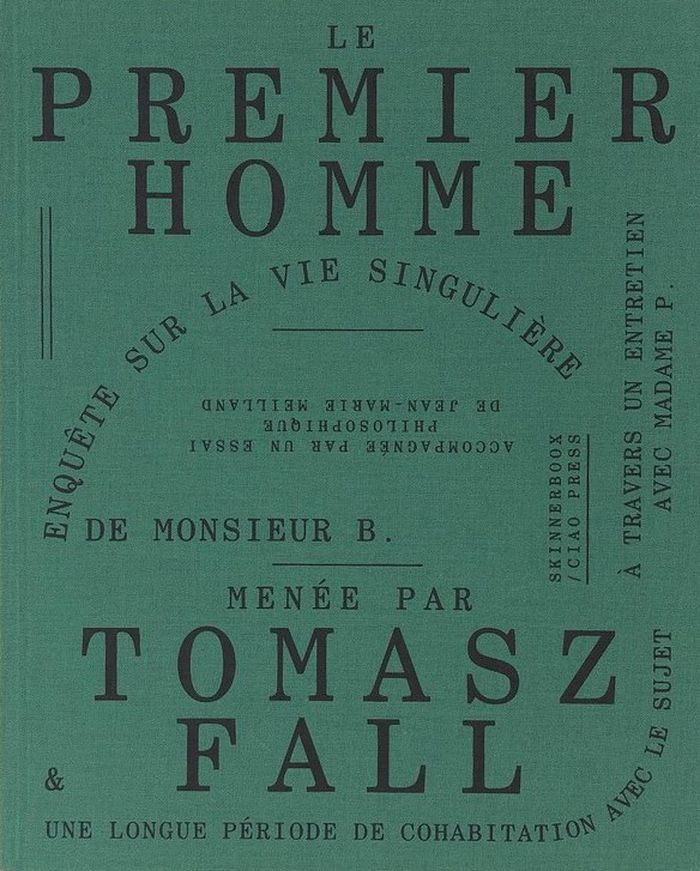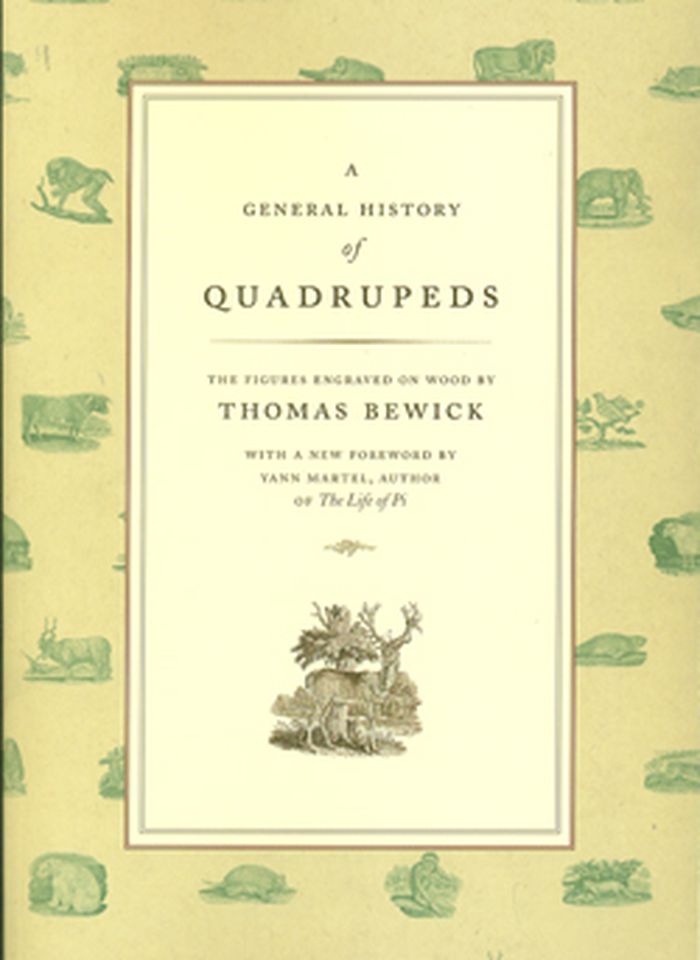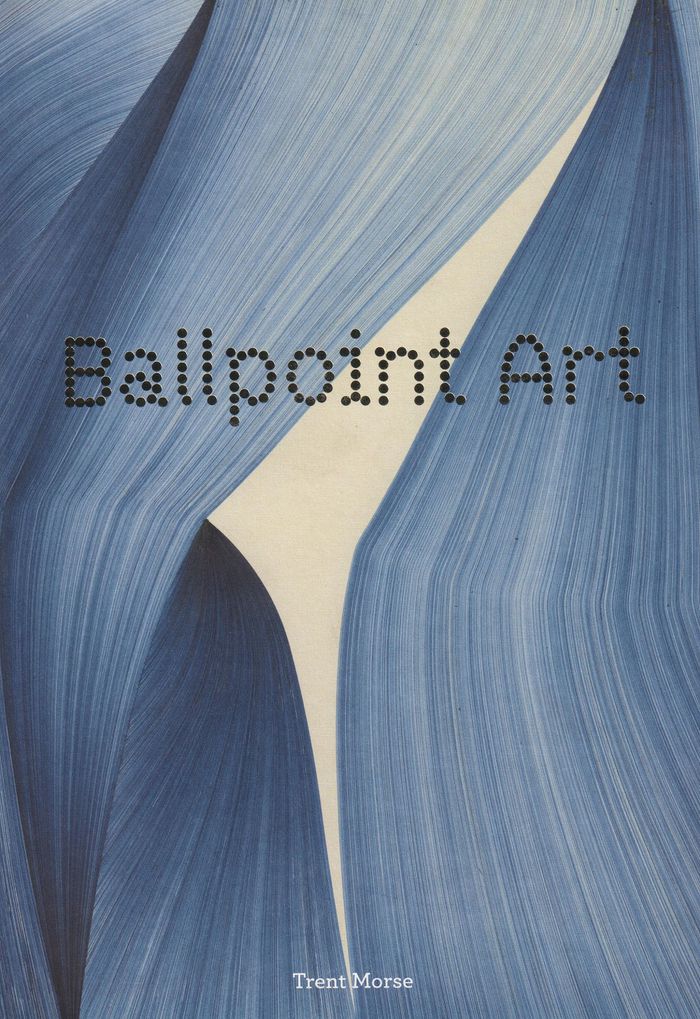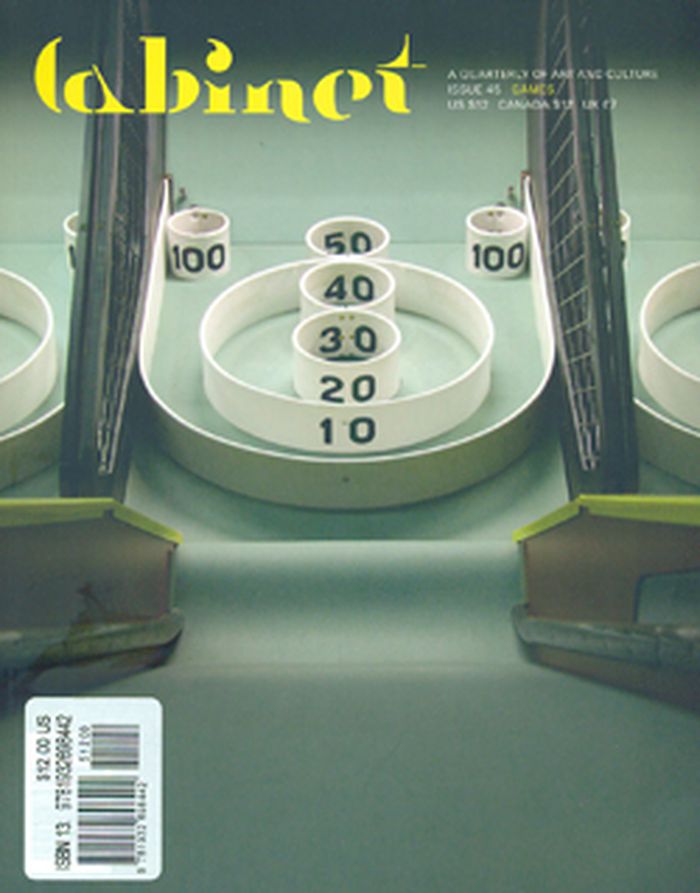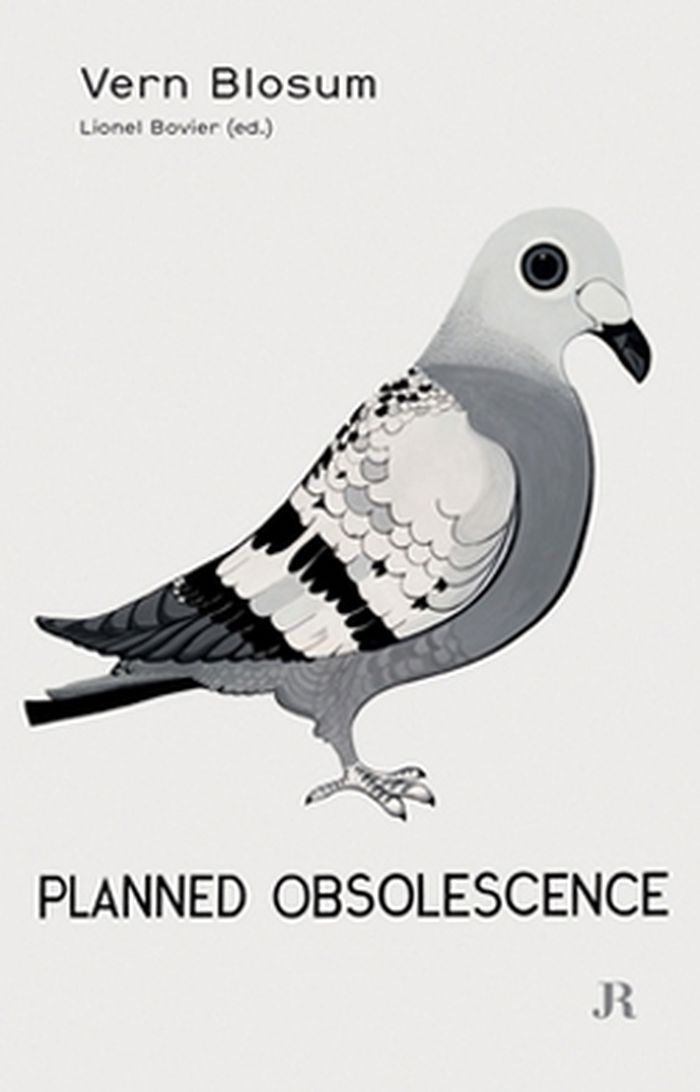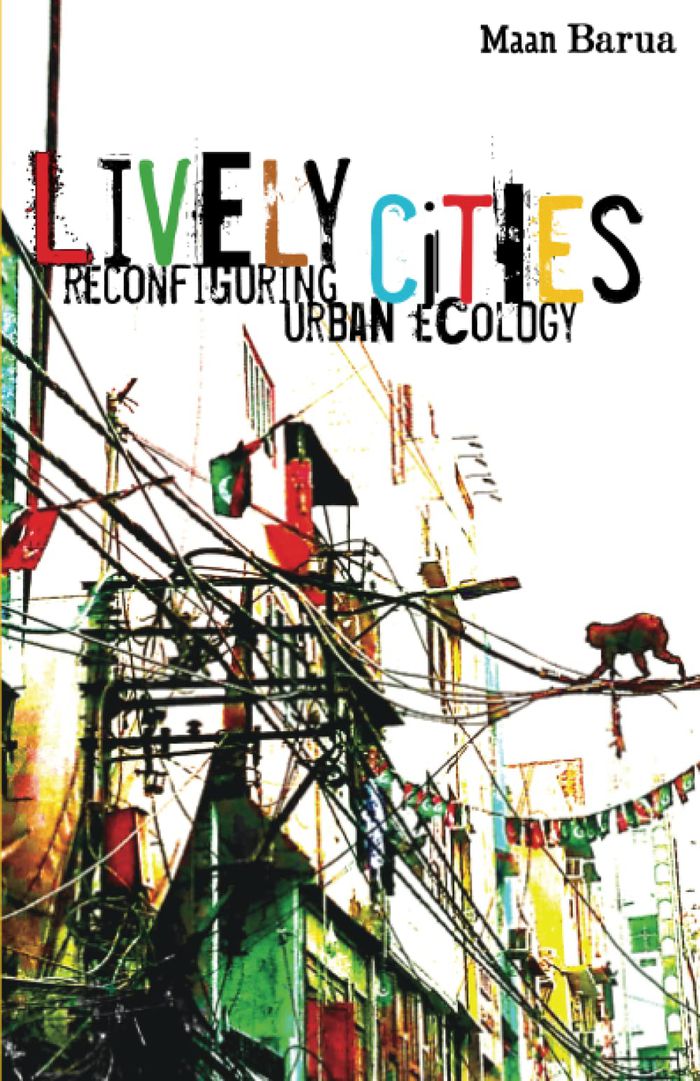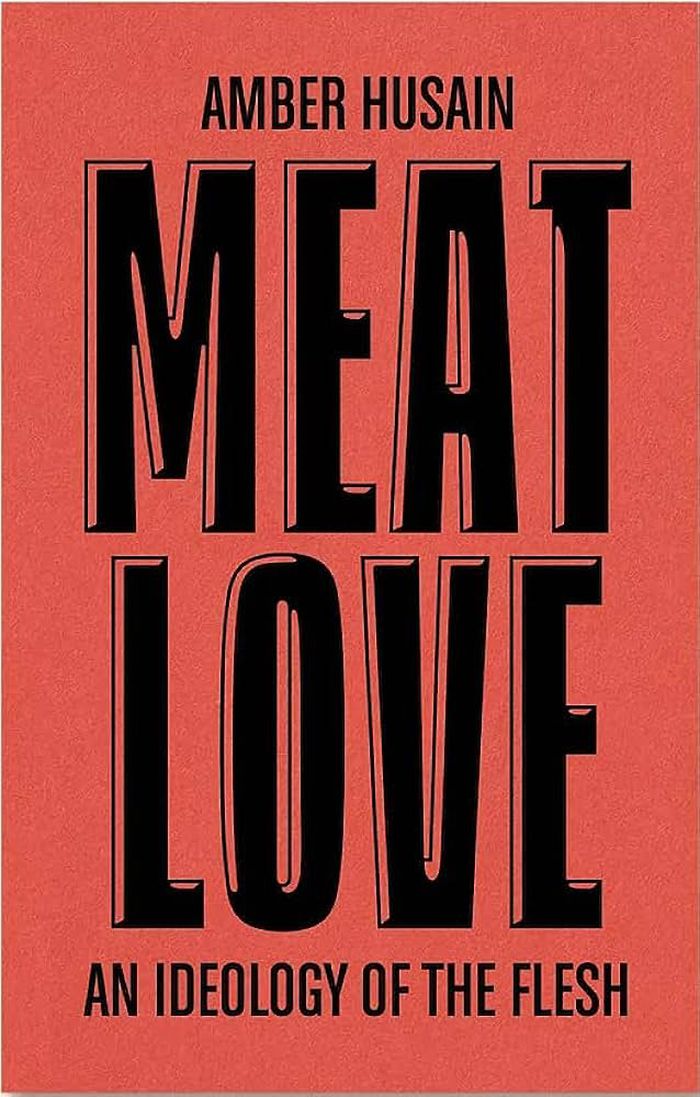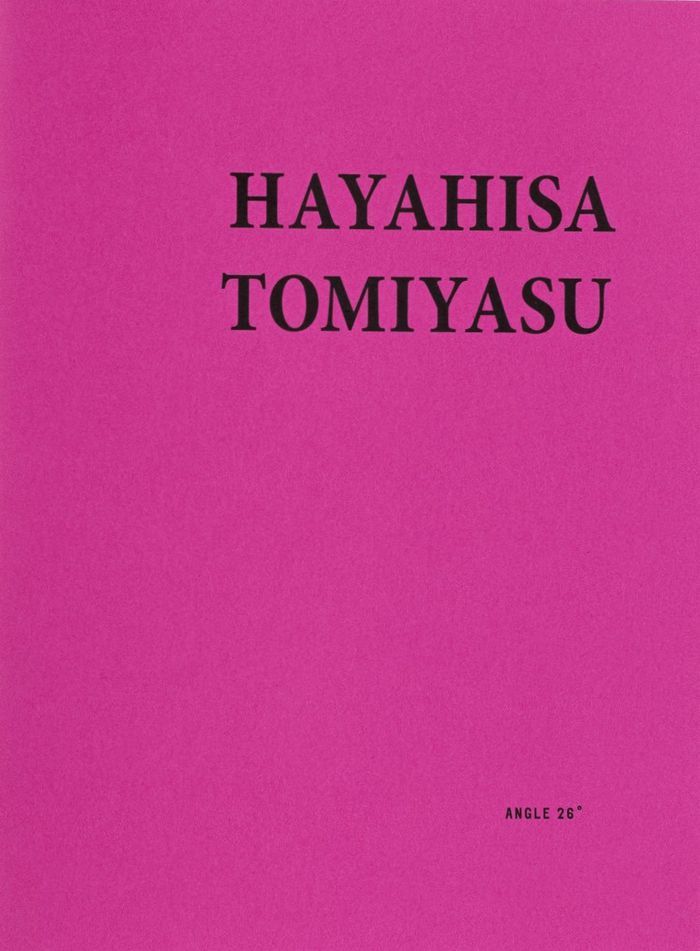$53.00
(disponible sur commande)
Résumé:
This publication fleshes out our understanding of the past with explorations of lived experiences of embodiment from the middle ages to modernity. This intimate approach to history makes it possible to foreground the tactile foundations of Western culture -the ways in which feelings shaped society. Constance Classen explores a variety of tactile realms including the feel(...)
mai 2012
The deepest sense: a cultural history of touch
Actions:
Prix:
$53.00
(disponible sur commande)
Résumé:
This publication fleshes out our understanding of the past with explorations of lived experiences of embodiment from the middle ages to modernity. This intimate approach to history makes it possible to foreground the tactile foundations of Western culture -the ways in which feelings shaped society. Constance Classen explores a variety of tactile realms including the feel of the medieval city; the tactile appeal of relics; the social histories of pain, pleasure, and affection; the bonds of touch between humans and animals; the strenuous excitement of sports such as wrestling and jousting; and the sensuous attractions of consumer culture. She delves into a range of vital issues, from the uses--and prohibitions--of touch in social interaction to the disciplining of the body by the modern state, from the changing feel of the urban landscape to the technologization of touch in modernity.
Le premier homme
$69.00
(disponible sur commande)
Résumé:
"Le premier homme" is a semi-fictional documentary that tells the story of a mysterious man called Mr. B. living as a hermit in nature. In fact, after spending an entire life working tirelessly trying to survive and a few years from retirement, Mr. B. abandoned everything to lead a simple and authentic life. This man, crushed by an increasingly inhuman and deleterious(...)
Le premier homme
Actions:
Prix:
$69.00
(disponible sur commande)
Résumé:
"Le premier homme" is a semi-fictional documentary that tells the story of a mysterious man called Mr. B. living as a hermit in nature. In fact, after spending an entire life working tirelessly trying to survive and a few years from retirement, Mr. B. abandoned everything to lead a simple and authentic life. This man, crushed by an increasingly inhuman and deleterious system, found refuge far from his fellow men and developed extraordinary abilities there. He's able to control the elements, communicate with animals and even levitate. By refusing to participate in the exploitation of nature and humans, by adopting a humble and responsible attitude, he's rising against the excesses of neoliberalism. It’s a sort of David’s fight against Goliath - a highly topical issue - that he embodies in his own way and will lead without compromise when he will feel ready to get back to – what is paradoxically called – civilization.
Monographies photo
$23.25
(disponible sur commande)
Résumé:
In the late eighteenth century, the British took greater interest than ever before in observing and recording all aspects of the natural world. Travelers and colonists returning from far-flung lands provided dazzling accounts of such exotic creatures as elephants, baboons, and kangaroos. The engraver Thomas Bewick (1753–1828) harnessed this newfound interest by assembling(...)
A general history of quadrupeds
Actions:
Prix:
$23.25
(disponible sur commande)
Résumé:
In the late eighteenth century, the British took greater interest than ever before in observing and recording all aspects of the natural world. Travelers and colonists returning from far-flung lands provided dazzling accounts of such exotic creatures as elephants, baboons, and kangaroos. The engraver Thomas Bewick (1753–1828) harnessed this newfound interest by assembling the most comprehensive illustrated guide to nature of his day. "A General History of Quadrupeds", first published in 1790, showcases Bewick’s groundbreaking engraving techniques that allowed text and images to be published on the same page. From anteaters to zebras, armadillos to wolverines, this delightful volume features engravings of over four hundred animals alongside descriptions of their characteristics as scientifically understood at the time. Quadrupeds reaffirms Bewick’s place in history as an incomparable illustrator, one whose influence on natural history and book printing still endures today. With a new foreword by Yann Martel.
Ballpoint art
$35.95
(disponible sur commande)
Résumé:
Ballpoint drawing has evolved into a thriving art form since the pen emerged as a writing tool in the 1940s, when the Hungarian journalist and inventor Laszlo Biro fled war-torn Europe and began manufacturing the pens in Argentina. Throughout the 1950s and '60s, as the ballpoint became cheaper and more accessible, Alberto Giacometti, Jean Dubuffet, Andy Warhol, Francis(...)
Ballpoint art
Actions:
Prix:
$35.95
(disponible sur commande)
Résumé:
Ballpoint drawing has evolved into a thriving art form since the pen emerged as a writing tool in the 1940s, when the Hungarian journalist and inventor Laszlo Biro fled war-torn Europe and began manufacturing the pens in Argentina. Throughout the 1950s and '60s, as the ballpoint became cheaper and more accessible, Alberto Giacometti, Jean Dubuffet, Andy Warhol, Francis Bacon, Nam June Paik, Louise Bourgeois, and many others, sketched with the pens. Today, those who make art with ballpoint pen are no longer confined by size or style. They draw on sculpture, wallpaper, canvas, architecture, and 50-foot sheets of paper, depicting a wide range of subjects - from psychologically charged portraits to mutant animals to abstract scribbles. This book features 30 artists from around the world who are currently creating masterpieces with ballpoint, and discusses their methods, the messages in their work, and their personal connections to the pen.
$35.95
(disponible sur commande)
Résumé:
In this book, Nicholas P. Money tells the utterly fascinating story of mushrooms and the ways we have interacted with these fungi throughout history. Whether they have populated the landscapes of fairytales, lent splendid umami to our dishes, or steered us into deep hallucinations, mushrooms have affected humanity from the earliest beginnings of our species. As Money(...)
Mushrooms: a natural and cultural history
Actions:
Prix:
$35.95
(disponible sur commande)
Résumé:
In this book, Nicholas P. Money tells the utterly fascinating story of mushrooms and the ways we have interacted with these fungi throughout history. Whether they have populated the landscapes of fairytales, lent splendid umami to our dishes, or steered us into deep hallucinations, mushrooms have affected humanity from the earliest beginnings of our species. As Money explains, mushrooms are not self-contained organisms like animals and plants. Rather, they are the fruiting bodies of large—sometimes extremely large—colonies of mycelial threads that spread underground and permeate rotting vegetation. Because these colonies decompose organic matter, they are of extraordinary ecological value and have a huge effect on the health of the environment. This book takes us on a tour of the cultural and scientific importance of mushrooms, from the enchanted forests of folklore to the role of these fungi in sustaining life on earth.
Bouffe
Cabinet 45: Games
$12.00
(disponible sur commande)
Résumé:
In the nineteenth century, Marx rejected the notion of homo sapiens, offering instead homo faber to indicate how consciousness follows from the primary activity of making. Against this, a certain ludic tradition has imagined a homo ludens, humans defined through their relationship with games and play. Cabinet 45 features Joshua Glenn on H.G. Wells’ “Floor Games”; D.(...)
Cabinet 45: Games
Actions:
Prix:
$12.00
(disponible sur commande)
Résumé:
In the nineteenth century, Marx rejected the notion of homo sapiens, offering instead homo faber to indicate how consciousness follows from the primary activity of making. Against this, a certain ludic tradition has imagined a homo ludens, humans defined through their relationship with games and play. Cabinet 45 features Joshua Glenn on H.G. Wells’ “Floor Games”; D. Graham Burnett on games played by game theorists; Barbara Levine and Jessica Helfand on dexterity games; James Trainor on the lost world of “adventure” playgrounds; Dana Katz on Brian Eno and Peter Schmidt’s “Oblique Strategies”; an interview with Bertell Ollman, inventor of the board game “Class Struggle”; and Jeff Dolven on poems as games. Elsewhere in the issue: Helen Larsson on the history of applause; Wayne Koestenbaum’s legendary “Legend” column; Naomi Muller on eating the zoo animals in Berlin during World War II; Jeremy Crichton on “spite” houses; and much more.
Revues
$17.50
(disponible sur commande)
Résumé:
Vern Blosum does not exist. The story can be told in just a few lines: in 1961 an artist paints five canvases inspired by pages in a horticulture book; then came parking meters bearing temporal commentaries, water hydrants, and animals. Some of them were shown at Leo Castelli Gallery, sold to collectors and public institutions, included in seminal exhibitions or books on(...)
Vern Blosum : planned obsolescence
Actions:
Prix:
$17.50
(disponible sur commande)
Résumé:
Vern Blosum does not exist. The story can be told in just a few lines: in 1961 an artist paints five canvases inspired by pages in a horticulture book; then came parking meters bearing temporal commentaries, water hydrants, and animals. Some of them were shown at Leo Castelli Gallery, sold to collectors and public institutions, included in seminal exhibitions or books on Pop art: a seemingly normal progression in an artist’s career, were it not for a rumor that emerged regarding his true identity. Alfred H. Barr, the director of MoMA, started to worry about it in 1964 and, after extensive inquiries, came to the conclusion that Vern Blosum did not exist. His paintings were taken down or sent back to storage, and the artist’s name fell into oblivion. Vern Blosum does not exist, but his work does. And that is precisely what this book aims to reveal.
$41.99
(disponible sur commande)
Résumé:
One of the fundamental dimensions of urbanization is its radical transformation of nature. Today domestic animals make up more than twice the biomass of people on the planet, and cities are replete with nonhuman life. Yet current accounts of the urban remain resolutely anthropocentric. ''Lively cities'' departs from conventions of urban studies to argue that cities are(...)
Lively cities: Reconfiguring urban ecology
Actions:
Prix:
$41.99
(disponible sur commande)
Résumé:
One of the fundamental dimensions of urbanization is its radical transformation of nature. Today domestic animals make up more than twice the biomass of people on the planet, and cities are replete with nonhuman life. Yet current accounts of the urban remain resolutely anthropocentric. ''Lively cities'' departs from conventions of urban studies to argue that cities are lived achievements forged by a multitude of entities, drawing attention to a suite of beings— human and nonhuman— that make up the material politics of city making. From macaques and cattle in Delhi to the invasive parakeet colonies in London, Maan Barua examines the rhythms, paths, and agency of nonhumans across the city. He reconceptualizes several key themes in urban thought, including infrastructure, the built environment, design, habitation, and everyday practices of dwelling and provides a critical intervention in animal and urban studies. Generating fresh conversations between posthumanism, postcolonialism, and political economy, Barua reveals how human and nonhuman actors shape, integrate, subsume, and relate to urban space in fascinating ways.
Théorie de l’urbanisme
Amber Husain: Meat love
$25.00
(disponible sur commande)
Résumé:
In an era of climate catastrophe and corporate agribusiness, meat has been decisively made over. Urbanites across the West are called upon to look at the animals we eat, and by looking, learn to treat them with love. We are asked to tenderise our carnal desire for flesh and dignify our relationship with the land. Yet can our appetite for meat be redeemed by this new way(...)
Amber Husain: Meat love
Actions:
Prix:
$25.00
(disponible sur commande)
Résumé:
In an era of climate catastrophe and corporate agribusiness, meat has been decisively made over. Urbanites across the West are called upon to look at the animals we eat, and by looking, learn to treat them with love. We are asked to tenderise our carnal desire for flesh and dignify our relationship with the land. Yet can our appetite for meat be redeemed by this new way of seeing? Can an ‘ethical’ approach to the farming, sale, and consumption of meat really save both the planet and our souls? In ''Meat love'', Amber Husain deconstructs the beauty, tragedy, and mystery with which our images of meat are embellished, drawing on a range of visual sources from contemporary art and film to Instagram and advertising. Probing the nature of ‘love’ in contemporary human-animal relations, this illustrated essay casts a materialist’s critical eye on the visual culture of meat as it gentrifies and mutates, informing, for better or for worse, our political imaginations.
Théorie de la photographie
$16.00
(disponible en magasin)
Résumé:
''Raum'' simply affirms an undefined 'space' and with this work for Angle the Japanese photographer Hayahisa Tomiyasu selects a tiny slice of the richness of public space. An observation of a lizard basking in the sun on a summer’s day in Zürich has led to a photographic sequence in black and white – in portrait as well as landscape format. The demarcation of the(...)
Angle 26° : Hayahisa Tomiyasu, Raum
Actions:
Prix:
$16.00
(disponible en magasin)
Résumé:
''Raum'' simply affirms an undefined 'space' and with this work for Angle the Japanese photographer Hayahisa Tomiyasu selects a tiny slice of the richness of public space. An observation of a lizard basking in the sun on a summer’s day in Zürich has led to a photographic sequence in black and white – in portrait as well as landscape format. The demarcation of the photographic space – the extremely limited detail – is consistently kept low, around ground level. Through the sequential and the serial, with a point of departure in the close surroundings, Tomiyasu is preoccupied with new views of various territories in the shared space where we are separated from others’ invisible boundaries. Here the animals are subject to an alternative, instinct-driven logic. But humans too operate with distance, marking and ownership. An urge for invisibility and camouflage can appear on the radar at any time, and make us want to scuttle away like a lizard.
Monographies photo
